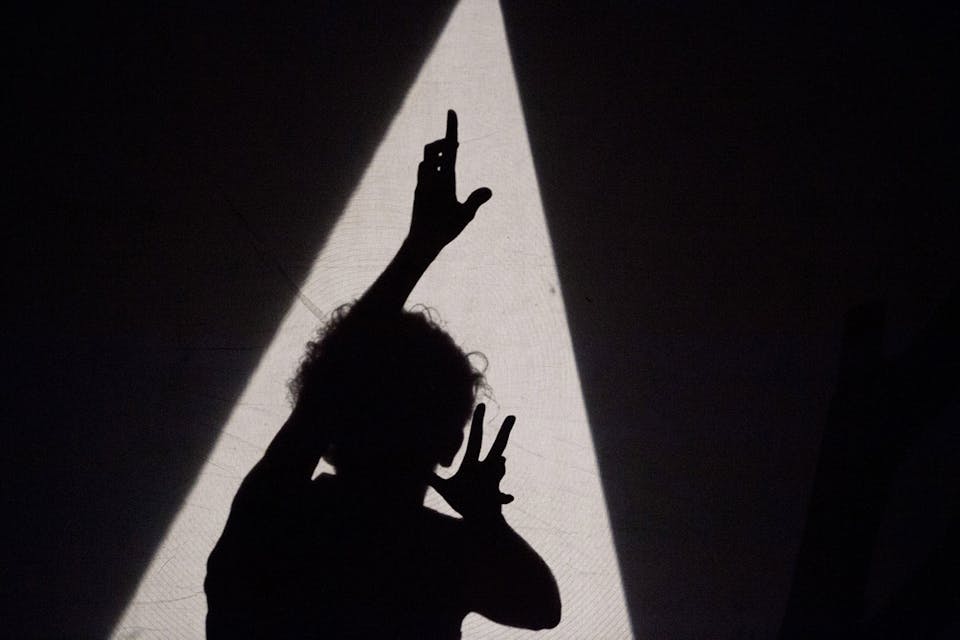
May 24, 2021
How Yiddish Survived
Suddenly, Yiddish is no longer the archetype of a dying language but is transformed, growing, and built to withstand the rigors of the 21st century. What happened?
With over 300 million users worldwide, there is no doubt that the Duolingo language app’s blend of puzzles, humor, and 2D graphics has struck a chord with language learners. It is no small matter, then, for the Jewish world that this April Yiddish was added to the 39 languages which users around the world can now learn by merrily tapping away at their smartphones. While the list of Duolingo languages is eclectic—spanning the full range from global heavyweights like Chinese and Spanish to struggling languages such as Scottish Gaelic and Hawaiian, not to mention Klingon and something called High Valarian—the announcement nevertheless marked one more indication of a quiet revolution brewing in world Jewry for decades: the transformation of Yiddish from an archetype of a dying language into a revivified and growing one.
The victim of state neglect, assimilation, mass murder, and ruthless competition from Hebrew, Yiddish was for decades the language of ghosts, doomed to live on only in phrases imported into English when no existing words could express the wry humor and ironic sensibility that Jews contributed to the literary and cultural life of the United States. However, while the absolute number of Yiddish speakers has steadily declined for decades, in New York and in other ḥasidic centers, the Yiddish-speaking community has been quietly expanding until the point where, each year, tens of thousands of children are born for whom Yiddish will not be an additional language, or something they use to communicate with grandparents, but the linguistic environment in which they lead their lives. Yiddish once again has a bright demographic future; those who learn it acquire the ability not just to read old books or watch plays but to communicate with hundreds of thousands of people in rapidly growing communities.
In that context, Duolingo’s new Yiddish course is interesting not just as a marker of an exceptional demographic turnaround, but for what it reveals about the outcome of ideological wars that once raged between Yiddish speakers, and about the Yiddish language itself. In formulating the content for any course, creators have to make a large number of decisions about what form of the language to teach—decisions that inevitably are culturally and politically loaded. The inclusion or omission of this or that idiom, accent, or grammatical rule always represents a statement about which variant of the language deserves to be taught. While pre-war Yiddish had at least five major dialects, the creators of the Duolingo course had two viable options to choose from, each one representing a wider set of assumptions and beliefs about what Yiddish really is.